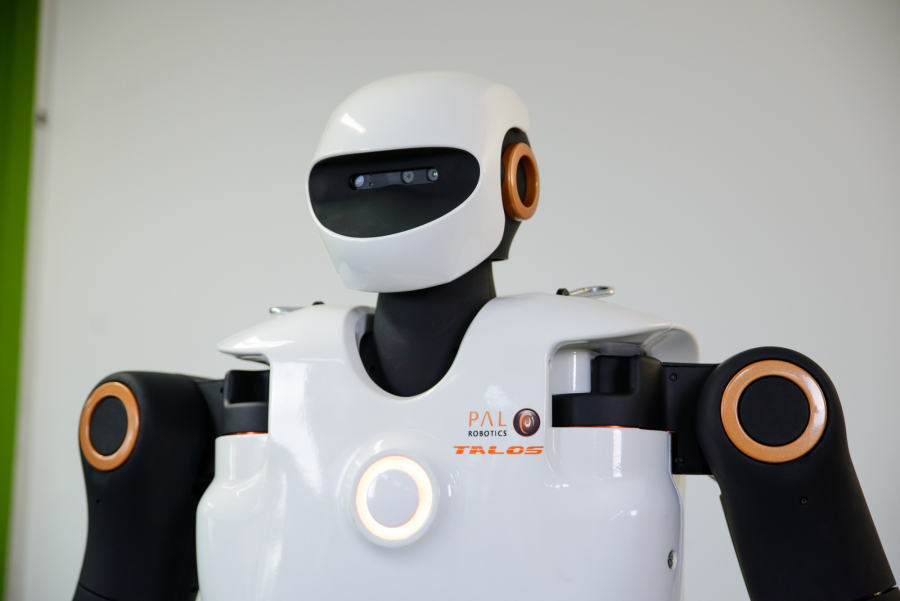Dubai has announced another development in its ongoing campaign to become the City of the Future: self-driving police cars.
The miniature patrol vehicles, dubbed O-R3s and developed by Singaporean start-up OTSAW, come with state-of-the-art capabilities: HD cameras, thermal imaging, light detecting and mapping technology, and laser scanners. The outdoor patrol vehicles will be used to identify unattended objects, wanted individuals, and vehicles. Each unit comes with a companion drone.
According to an MOU between the Dubai Police and OTSAW, O-R3s will debut by the end of 2017. After a trial period, the Dubai Police plan to introduce more units, acquiring up to 100 by 2020. Each unit will be leased for ten thousand dollars monthly.

Dubai's recent forays into futuristic policing also include Robocop, a prototype humanoid security robot designed by Barcelona-based PAL Robotics. The electronic lawman comes with a computer touch-screen that connects users to wide array of services both banal and unusual, such as paying parking ticket or reporting human trafficking crimes.
Weaponless but outfitted with a snazzy police cap, Robocop conducts patrols inside Burj Khalifa on a set of wheels. He can salute passersby, shake their hands, or greet them in several languages. Robocop is also willing to pose for photos with tourists, many delighted to find that what was formerly the realm of science fiction has been rendered real.

The cost of each Robocop unit has yet to be publicly released, and PAL Robotics has not disclosed the number of units ordered, but Dubai Police hopes to ultimately increase its ranks of security robots to comprise a quarter of the force by 2030. Their vision includes a smart police station staffed entirely by automatons, and plans to eventually combine technologies by putting robotic officers in self-driving cars.
Automated security presents benefits aside from sheer novelty. Unlike human officers, robots can work around the clock, never needing "sick time or maternity leave," as Brigadier Khalid Nasser Alrazooqi, General Director of Smart Services at Dubai Police, pointed out (no word yet on what will happen should automated units need repairs, or be hacked). Alrazooqi assured that no human jobs will be lost in the transition to smart policing.

For now these advances might be viewed as convenient curiosities. But Dubai is not the only place to experiment with autonomous and semi-autonomous security technology.
A South Korean prison tested robotic guards in 2012. AnBot, more ovoid than humanoid in appearance, was introduced in China in 2016 to aid travelers in airports and rail stations. Crime prevention robots have appeared at shopping centers in California and Boston, and one may soon appear at the Georgia Aquarium in Atlanta. Plans to develop and introduce robots with both security and janitorial functions in Japanese transportation hubs are forthcoming.
Interest and investment in security robotics will likely only grow with time, as part of a general trend towards automation fueled by a thirst for labor savings and increased efficiency, and as a means for countries to assert their technological sophistication.
- http://money.cnn.com/video/technology/gadgets/2017/06/07/robocop-becomes-reality-in-dubai.cnnmoney/index.html
- https://www.washingtonpost.com/news/innovations/wp/2017/06/30/meet-the-newest-recruits-of-dubais-police-force-robo-cars-with-facial-recognition-tech/?utm_term=.fe020924e550
- https://www.bostonglobe.com/metro/2017/05/18/there-security-robot-patrolling-prudential-center/D0lxtaCfr5wB6psBdSvtkI/story.html
- https://www.digitaltrends.com/cool-tech/japan-robots-train-stations/













